How to Make Your Bomb Shelter Feel Like Home (1940)
People put a lot of work into these tiny shelters.
If you had been living in England during World War II you would have heard the air raid sirens on a regular basis. This siren was known as “Wailing Winnie” in an effort to normalize what was a highly stressful and prolonged state of heightened preparedness for bomb attacks by Germany. Thousands of Britains spent their time and money to construct Anderson shelters in their backyards (named after Sir John Anderson, leader of the Ministry of Home Security). But, these bomb shelters were small and also didn’t have many accoutrements- those had to be added after the fact. And of course the government had some tips on that process.
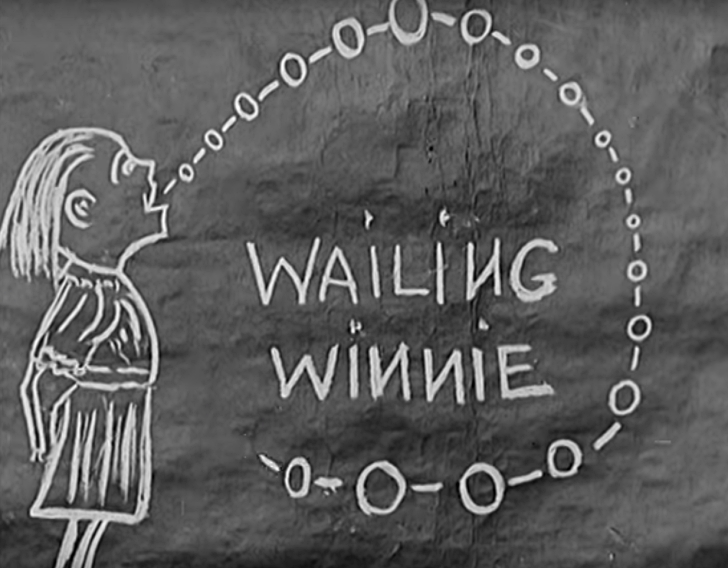
Without any additions the Anderson shelter was effectively just an arch made from corrugated steel and built into the ground using cement blocks as the foundation. The footprint for one these shelters was only 4.5 feet by 6.5 feet and only 6 feet in interior height. This made for some cramped conditions and cold as well since there was no insulation on this type of shelter.
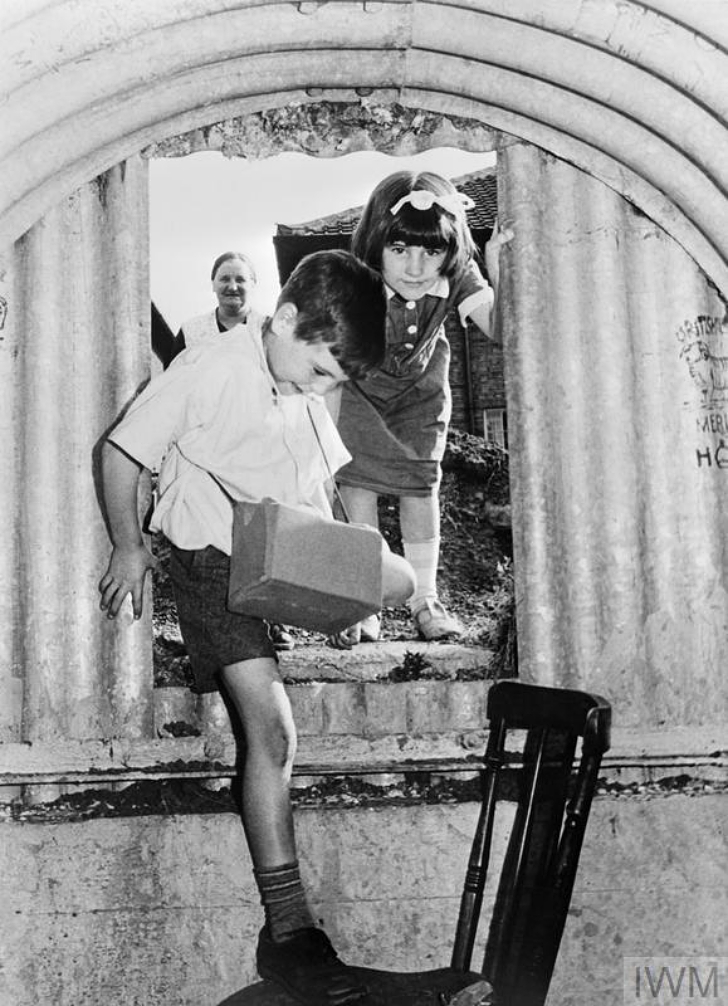
In 1940 the British government issued a pamphlet all about how to upgrade the Anderson shelter into something much more comfortable. For starters they suggested adding bunk beds by making a wooden frame and then hammering in bent heavy duty metal caging wire. The wire was the foundation and was covered with a thin mattress and sleeping bags placed on top. Without an alteration like this the family would have been sitting on benches or upturned buckets the whole night -or at least until they were told it was safe to come out.
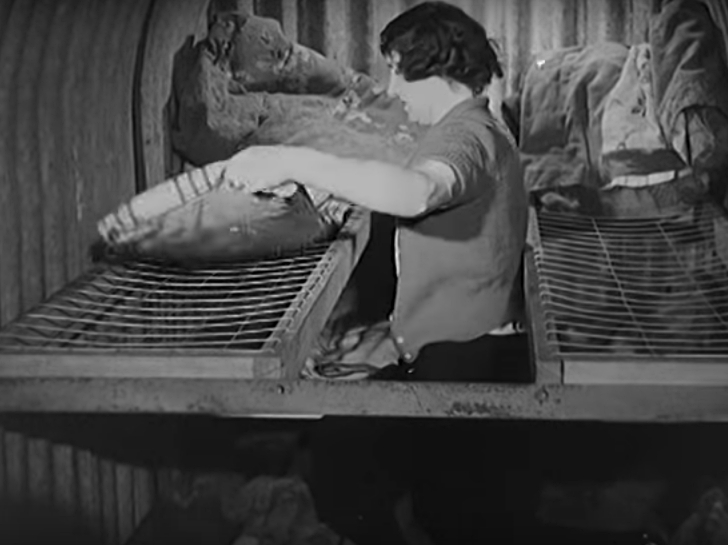
Further tips included how to make an efficient and safe heater for the shelter. Apparently all it takes are two flowers pots, one tapered candle, and some gravel to prop the candle up in. Place the candle in a bed of gravel in one of the pots and then place the other pot upside down over the lit candle.
The holes in the bottom provided air to the flame, and terra cotta is notoriously good at radiating heat without cracking. They advised to not use any kind of stoves or cooking devices inside the shelter for safety reasons.
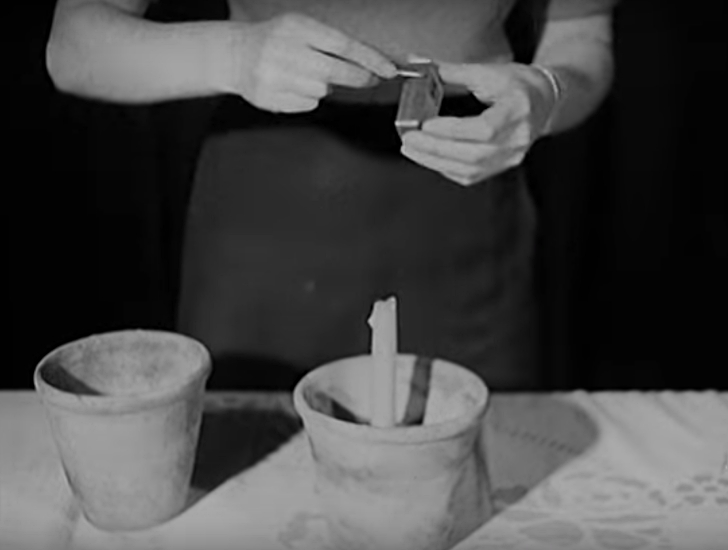
For the housewife who thinks ahead they advised for her to fill a glass bottle with hot soup or liquid and then wrap it in what they call an “American cross” but which we know as a casserole carrier. This is a thick or quilted fabric that is 5 squares sewn together. The casserole dish or bottle is place in the center square and the other squares folded over top to keep the contents warm.
You have to wonder who would have had the forethought or time to prepare something like this though. When those sirens went off people would only have a few minutes at most to get to their shelters, so prepping a hot beverage doesn’t sound like the most feasible course of action.
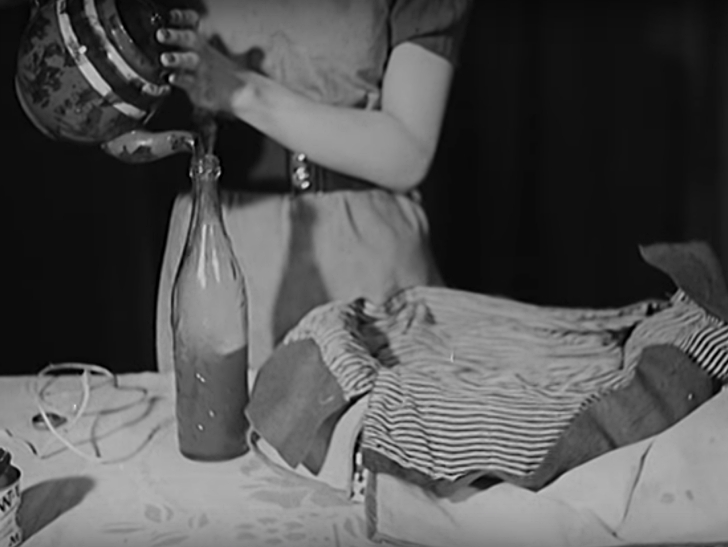
Aside from the very basic improvements shown here some families chose to decorate and embellish their bomb shelters, making the outside into castles or tiny Tudor-inspired shacks, and making the inside as comfy as possible under the circumstances.
Have a look at how to elevate one’s bomb shelter in the video below.
SKM: below-content placeholderWhizzco for DOT

